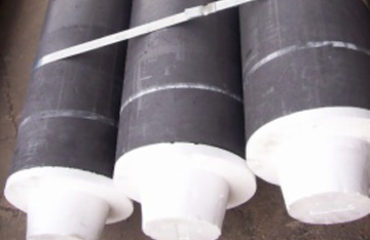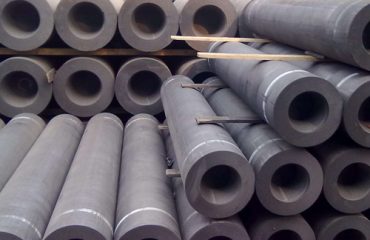The world graphite mold industry has gone through a period of rapid development, into the mature stage. And the markets of developed countries have been saturated, and developing countries and regions have become the focus of competition for big companies because of their huge market potential. The world’s graphite mold production capacity of about 28 million tons, including building graphite mold accounted for 40%-50%, about 1100~1400 million tons around. In the industrial developed countries, the building graphite mold for the consumption ratio of the largest type of graphite mold, accounting for the total production of graphite mold about 50%. The U.S. building graphite mold production in the past 10 years has been maintained at about 2.7 million tons, accounting for the total output of graphite mold 52%.
Europe and Japan are basically at that level. According to the U.S. Freedonia Group forecast, by 2013, the world’s graphite mold demand annual growth rate of 3.7%, will reach 28 million tons. Asia-Pacific markets are growing faster, although Latin America and Eastern Europe have an average annual growth rate. In the Asia-Pacific region, although India, South Korea and China also have relatively fast growth, China will grow at a faster rate, with an annual growth of 6.6% per cent.
Japan’s demand growth rate is expected to be lower than the world average. Eastern Europe Graphite Mold Market annual growth rate of about 8%, will have a faster growth, such as polish per capita graphite mold annual consumption of 8kg/people, while Western Europe is 16kg/people. The annual growth rate of graphite mold market in western Europe, North America and Japan is 2%-3%.
North America and Western Europe will continue to account for more than half of the global demand for graphite molds. In order to compete for the future graphite mold market, the world’s graphite mold giant has already opened the strategic strategy, summed up is nothing more than two points: first, through the purchase and restructuring, strength, reduce costs, improve competitiveness: second, the development of new technologies, new products, especially green products, seize the commanding heights.


